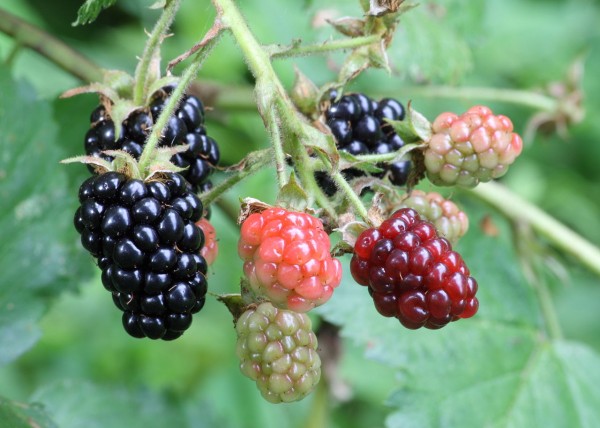The PermaDesign Weblog, with Nate Downey and Melissa McDonald!
Oh, No! Nate’s Gone Paleo!

From my latest Permaculture in Practice Column:
It was a normal day. I got kids to school, made calls, sent emails, zoomed in on Google Earth, texted. Who knew I’d soon go paleo?
Inspired by a friend’s five-minute Toastmasters presentation, for the next 30 days I ate like a caveman: eggs, meat, fish, fruits, nuts, seeds, and lots of veggies. Differing from other paleo-diets in both subtle and serious ways, the Whole30 Program prohibits wheat, rice, corn, beans, processed sugars, alcohol, cheese, butter, yogurt, and pretty much anything with more than four ingredients.
My experience was mind altering. Every day, I felt like I was shedding layers of gunk, lightening my physical load, and enlightening my psyche to something essential. As days turned into weeks, the diet seemed to boost my energy. Near the end of the 30-day cleanse, I found myself physically empowered — popping quickly out of bed, chair, and car at any time of day, ready to roll.
At the same time, I noticed that the food I was eating tasted better than usual. Could carrot flavor be shy when eclipsed by sugars, chips, and cheese? Regular everyday vegetables and normally bland nuts were suddenly reminding me of that Pop Rocks sensation of being surprised and delighted with what’s going on in your mouth. I hadn’t felt so great in forever, but the best part wasn’t digging out a cardboard box from the garage labeled, “TOO TIGHT FOR DADDY.” The best part was stumbling on the true meaning of permaculture’s zone zero.
In small-scale residential permaculture, zones emanate from a center in the house. Zone zero usually contains the whole house, potted plants, portals, sunny windows, and attached greenhouses. Zone one is made of nearby components that require daily attention such as cold frames, culinary herbs, and detached greenhouses. The compost pile, chicken coop, and rabbit hutch, are best located in zone one or two depending on personal preferences.
Fruit tree guilds, main crops, beehives, ranging animals, and their associated outbuildings are mainstays of zone three. If a residential property is fortunate enough to have a zone four, it contains larger orchards, pastures, windbreaks, and firebreaks that require only monthly or seasonal attention. This zone often borders the wilder areas of zone five. Other than information, very little is ever physically harvested from a healthy zone five.
But what is a healthy zone zero? What is the actual center of permaculture’s central design method? In most permaculture literature, very little is mentioned about zone zero, and less is mentioned about its center. Zonation typically focuses on backyards, front yards, side yards, one’s greater watershed, and one’s community. My newfound paleo-perspective has become a missing piece of my permaculture-philosophy pie.
The foods on my diet were those I could attain from my garden and the farmers’ market. A paleo menu is, essentially, permaculture’s residential-site menu. Both are dominated by easy-to-produce, unprocessed foods. These are the foods at the heart of a healthy kitchen, wafting on a fragrant stove, and settling happily in your gut.
01/04/2016 | (0) Comments










Comments